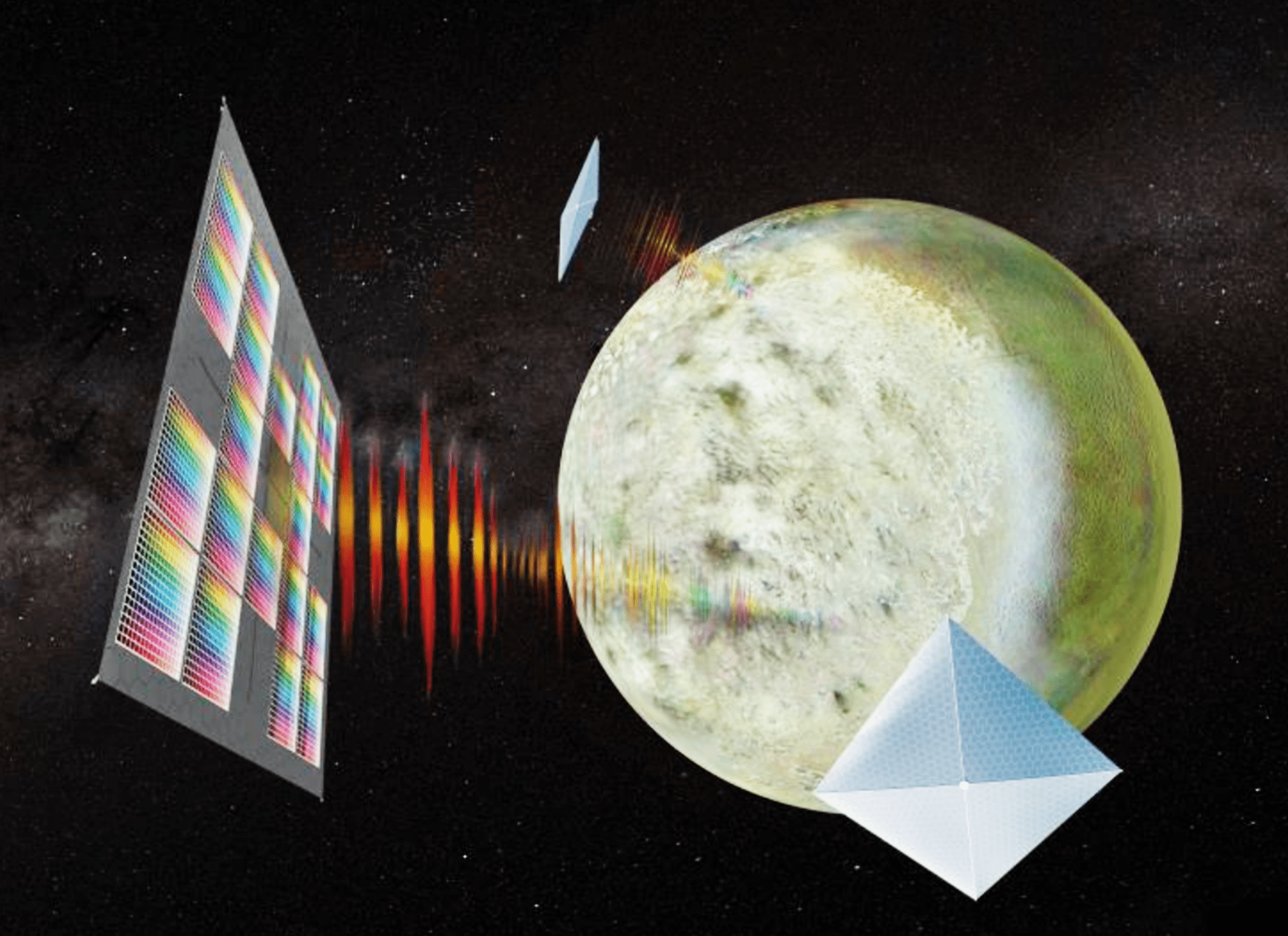Mahmooda Sultana
NASA GSFC
Missions to the outer planets are an important and exciting part of NASA’s goals because these scarcely visited worlds, particularly the ice giants Neptune and Uranus, undoubtedly hold secrets about our solar system.1 Unlocking these discoveries will enable us to better understand Earth and the formation and evolution of our solar system and countless others. However, due to the high cost and production scaling difficulty, outer solar system exploration has been extremely limited: celestial bodies beyond Saturn have been visited only once in more than 60 years of space exploration. Furthermore, long travel time scales up mission complexity by adding to operations cost, the need for expertise retention over the mission lifetime, and the chance of hardware failures in the harsh space environment. This is where solar sails may offer a drastically new approach for deep space exploration paving the way to low cost and fast-transit missions. Recent studies, including NIAC studies, indicate that solar sails can reach >10 AU/year,2,3 which would allow us to reach Uranus in less than 2 years and Neptune in less than 3 years, unprecedented with today’s propulsion technology. Nevertheless, owing to very stringent mass requirement, solar sails have limited capability for science payloads when compared to flagship class mission spacecraft. Here, we propose a ScienceCraft – a game changing mission concept that integrates a science instrument and spacecraft into one monolithic structure. By printing a quantum dot-based spectrometer, developed by the PI Sultana (ROSES), directly on the solar sail material, developed by CoI Davoyan, we create a breakthrough spacecraft architecture allowing an unprecedented parallelism and throughput of data collection, and rapid travel across the solar system. Unlike conventional solar sails that serve only to propel small cubesats, ScienceCraft puts its vast area at use for spectroscopy, pushing the boundary of scientific exploration of outer solar system. ScienceCraft offers an attractive low resource platform that can enable science missions at a significantly lower cost and provide a large number of launch opportunities as a secondary payload. Several ScienceCraft working synchronously would be capable of reaching Neptune-Triton system in just a few years and enable acquisition of large amounts of data.





























